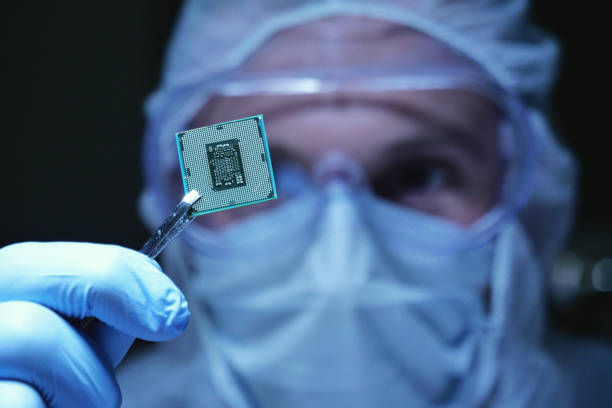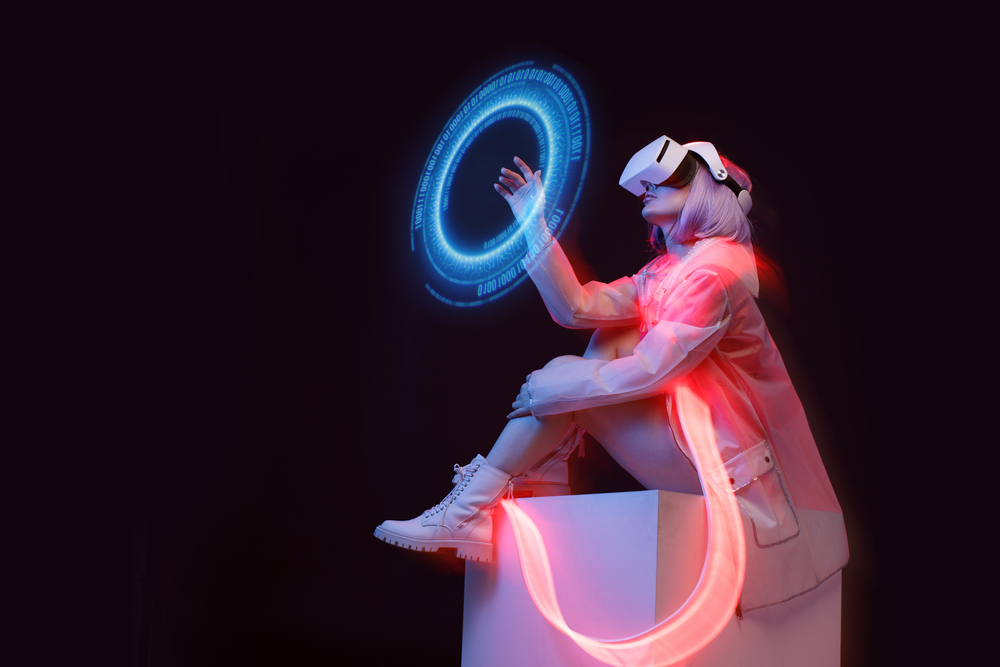Holographic Opera: Redefining the Boundaries of Performance
In the ever-evolving landscape of artistic expression, a groundbreaking fusion of technology and classical art form is taking center stage. Holographic opera, a cutting-edge blend of traditional operatic performance and state-of-the-art holographic projection, is revolutionizing the way audiences experience this centuries-old art form. This innovative approach not only preserves the rich heritage of opera but also propels it into the future, attracting a new generation of enthusiasts and challenging the boundaries of what's possible in live performance.

Technological Marvel Meets Timeless Art
At the heart of holographic opera lies a complex system of high-resolution projectors, motion capture technology, and specially designed translucent screens. These elements work in harmony to create lifelike, three-dimensional images that can interact with live performers on stage. The technology allows for the creation of fantastical settings and characters that would be impossible to realize through traditional stage design. From mythical creatures to abstract landscapes, holographic opera opens up a world of visual possibilities previously confined to the realm of imagination.
Artistic Implications and Creative Freedom
The introduction of holographic elements into opera has profound implications for artistic expression. Composers and librettists now have the freedom to explore narratives and concepts that were once limited by the physical constraints of traditional stagecraft. This newfound creative liberty has led to a renaissance in operatic storytelling, with productions tackling complex themes and abstract ideas through a combination of music, performance, and visual spectacle. The result is a more dynamic and visually stunning operatic experience that pushes the boundaries of the art form.
Challenges and Controversies
Despite its innovative nature, holographic opera has not been without its critics. Purists argue that the technology detracts from the raw power of the human voice and the intimacy of live performance. There are also concerns about the potential for technology to overshadow the music and narrative, turning opera into a mere visual spectacle. Additionally, the high cost of implementing holographic technology presents a significant barrier for many opera companies, raising questions about accessibility and the future of smaller, regional productions.
The Global Reception and Future Prospects
Holographic opera productions have been met with a mix of awe and skepticism in major opera houses around the world. Cities like New York, London, and Tokyo have embraced this new form, staging ambitious productions that have garnered international attention. As the technology becomes more refined and accessible, we can expect to see an increase in holographic elements in opera productions globally. This trend is likely to inspire cross-disciplinary collaborations between opera professionals, visual artists, and technologists, further blurring the lines between traditional art forms and digital innovation.
Educational Potential and Audience Engagement
Beyond its artistic merits, holographic opera holds significant potential as an educational tool. The immersive nature of the technology can make complex operatic works more accessible to younger audiences and newcomers to the genre. Many opera companies are exploring ways to incorporate holographic elements into outreach programs and educational initiatives, using the technology to bring classic operas to life in schools and community centers. This approach not only educates but also cultivates a new generation of opera enthusiasts, ensuring the longevity of the art form.
The Economic Impact on the Opera Industry
The introduction of holographic technology into opera production has had a notable impact on the economics of the industry. While the initial investment in equipment and expertise is substantial, many opera houses report increased ticket sales and renewed interest from sponsors and patrons. The novelty and spectacle of holographic productions have attracted audiences who might not typically attend traditional operas, potentially broadening the demographic reach of the art form. However, the long-term financial sustainability of this technology in opera remains a topic of debate within the industry.
In conclusion, holographic opera represents a bold step into the future for one of the world’s oldest performing arts. By seamlessly blending classical musicianship with cutting-edge visual technology, it offers a fresh perspective on storytelling and artistic expression. As the technology continues to evolve and become more widely adopted, we can expect to see even more innovative and boundary-pushing productions that challenge our perceptions of what opera can be. Whether viewed as a natural evolution or a radical departure, holographic opera is undeniably shaping the future of this enduring art form, ensuring its relevance and vitality for generations to come.





